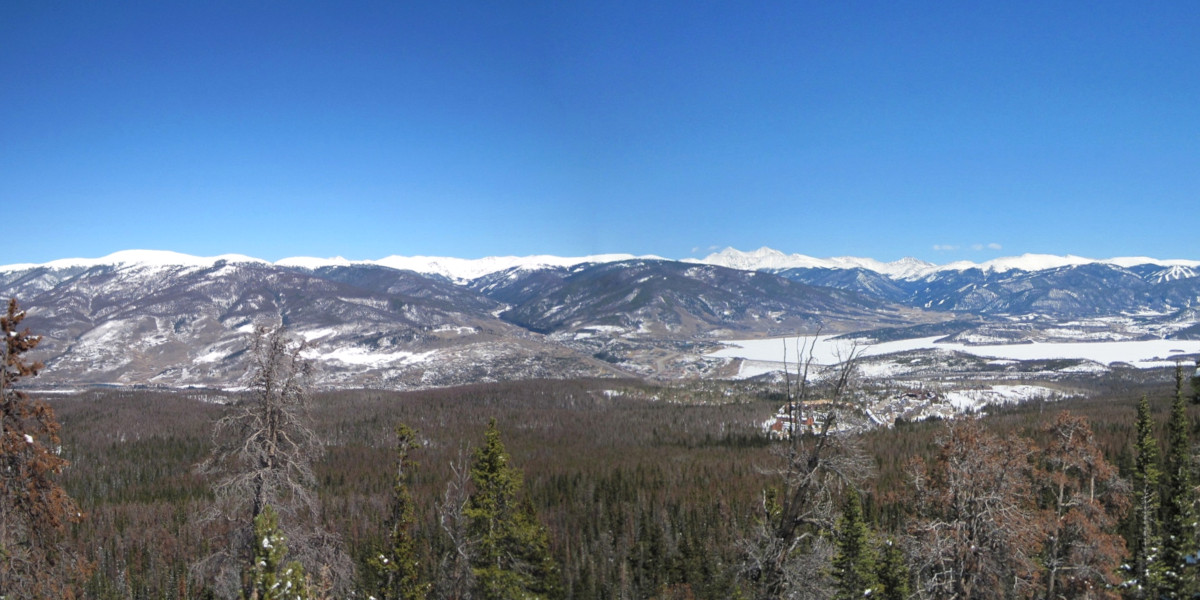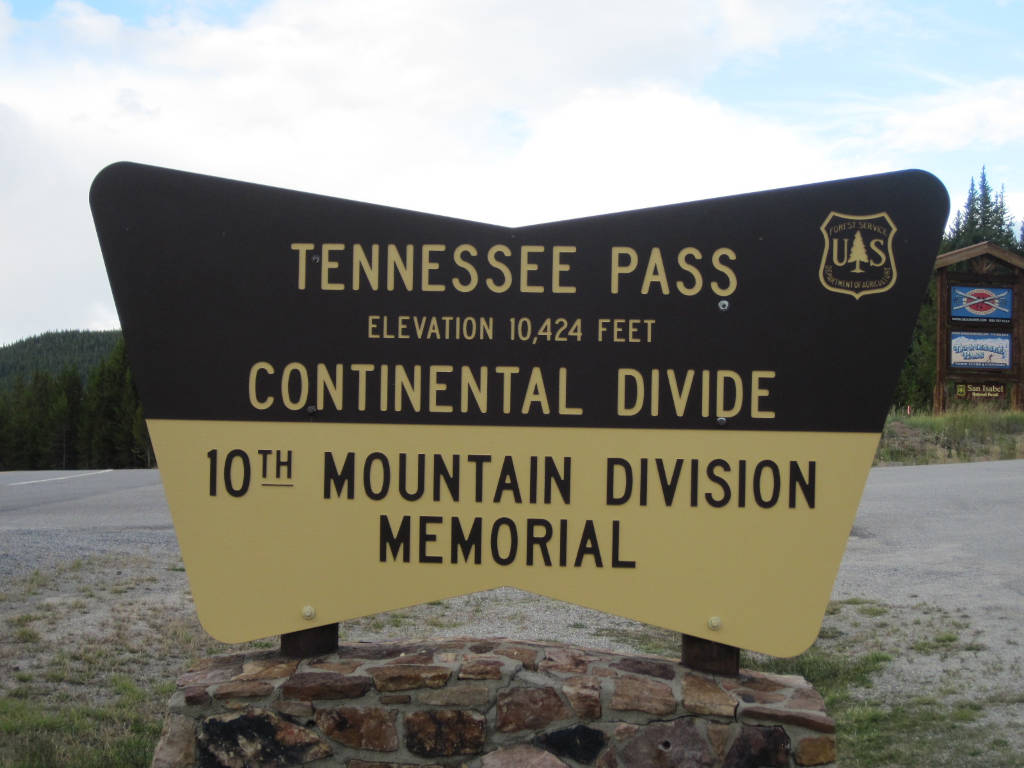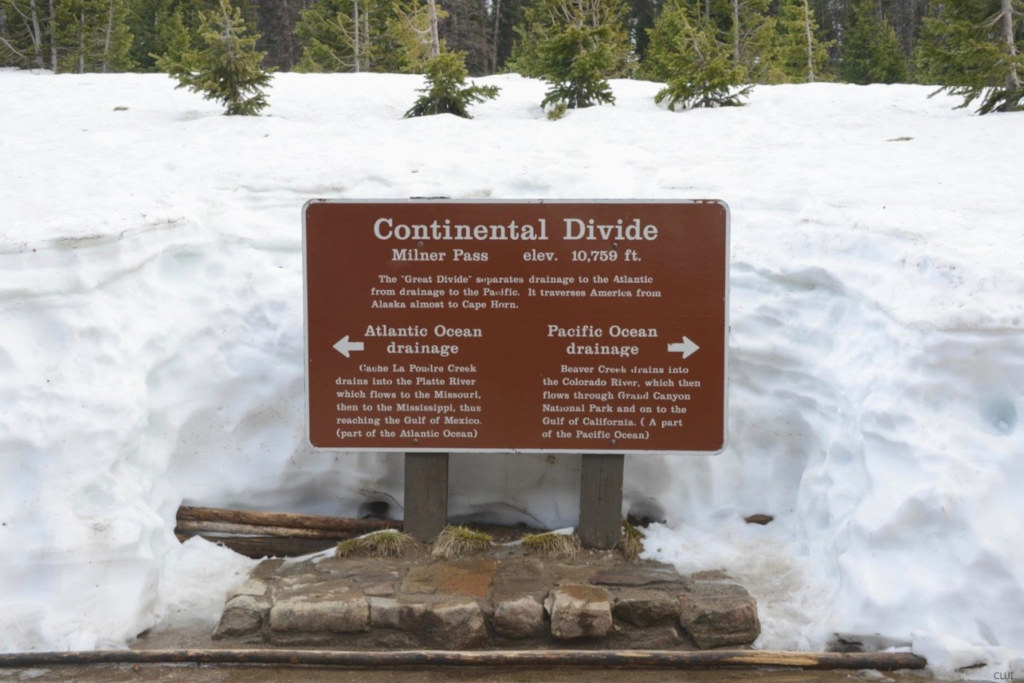The Continental divide
The Continental Divide is a series of mountains that runs north to south through the Americas. Rivers on the western side will flow towards the Pacific Ocean. Rivers on the eastern side will flow to the Atlantic Ocean. While this east/west division might be the natural flow, the modern Continental Divide in Colorado is a network of irrigation tunnels, reservoirs, and pumps that move water from one side to the other, largely to accommodate the populations of Denver, Colorado Springs, and Boulder.
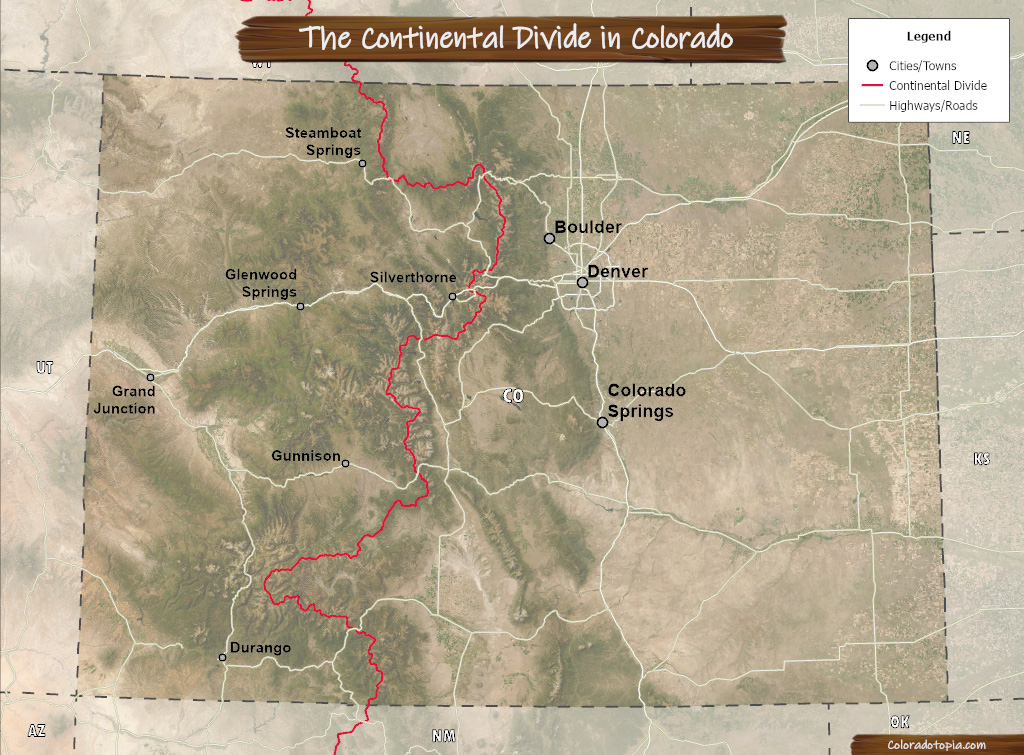
Mountain Passes Over the Divide
There is a total of 15 paved mountain passes that you will find crossing the divide in Colorado. These passes are listed below in order from north to south along the divide. The Eisenhower Tunnel also goes through the divide.
Paved Highways
Dirt Roads
More coming soon!
Continental Divide FAQ
Grays Peak is the highest point on the Continental Divide in Colorado, as well as the highest point on the divide in all of North America.
The Continental Divide Trail runs the entire distance of the divide through the US. On the southern border, the trail ends just above Mexico at the Crazy Cook Monument (Located: N 31.29′ 48.9″ W 108 12′ 31.8″). On the northern border, you can connect with the Great Divide Trail in Canada, and this will get you from the border to the Kakwa Provincial Park in British Colombia.
No. Mount Blue Sky, Colorado’s highest point, is located approx. 5 miles east of the Continental Divide.
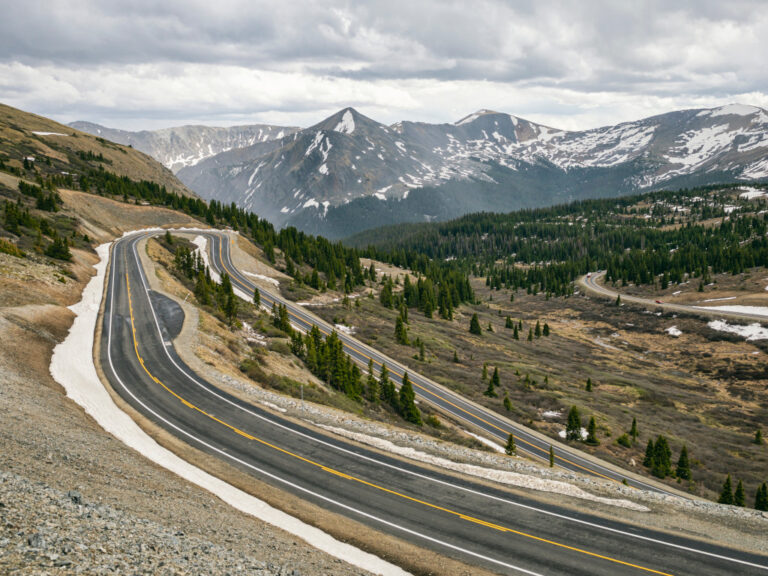
Skiing the Continental Divide in CO
Backcountry skiing on the Continental Divide is popular, but you need to be prepared for avalanche hazards and backcountry travel if you want to survive here.
Berthoud Pass and Loveland Pass are two of the more popular backcountry skiing areas on the divide. These are both known for their high, windy environments. However, not all the Continental Divide’s environment is so harsh. Rabbit Ears Pass has some backcountry skiing, but the weather there is often more pleasant. Nordic skiing and snowmobiling are more popular on Rabbit Ears Pass, because most of the terrain is flatter.
There are also several ski areas on the divide in Colorado that you can see listed here.
*Arapahoe Basin (on Loveland Pass) is not actually located on the Continental Divide, but it is adjacent to it and connected by ridgeline. If you stand in the Arapahoe Basin parking lot and look directly to your left, you’ll be staring at Grizzly Peak, which is located on the divide. The divide line takes a slight turn here to the southeast, so A-Basin’s East Wall is not actually on the divide.
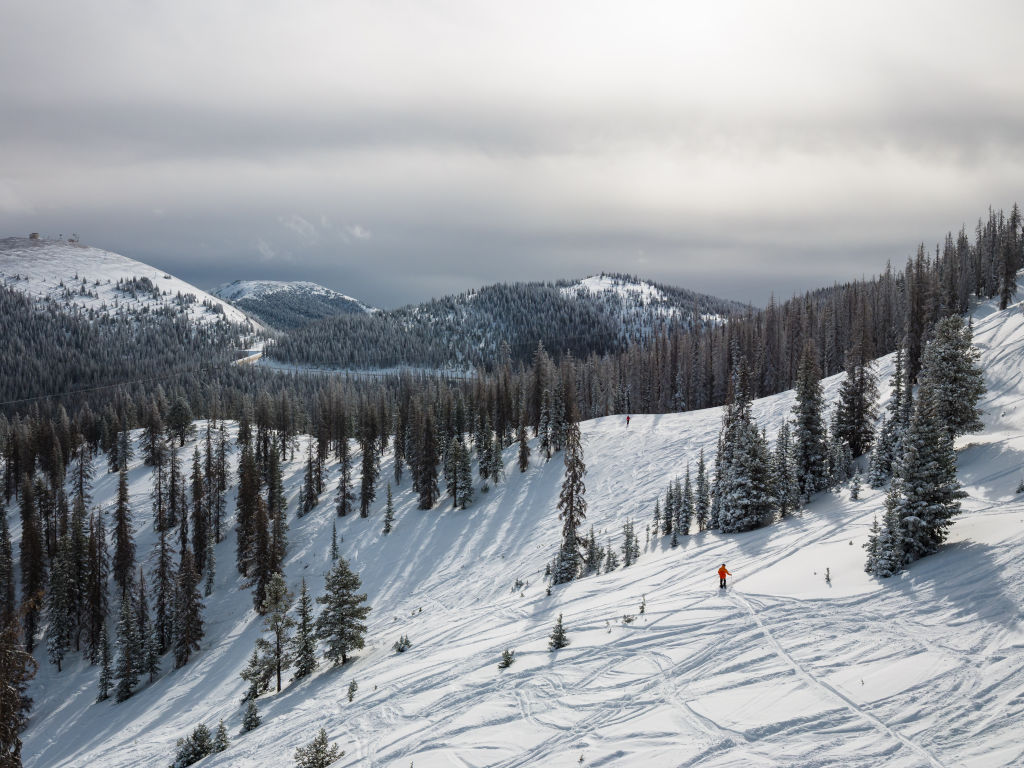
Continental Divide Trail
- 5 months to hike full Continental Divide Trail
This 3,100-mile trail runs from the US-Canadian border to the northern border of Mexico. Visit Continentaldividetrail.org for more info.
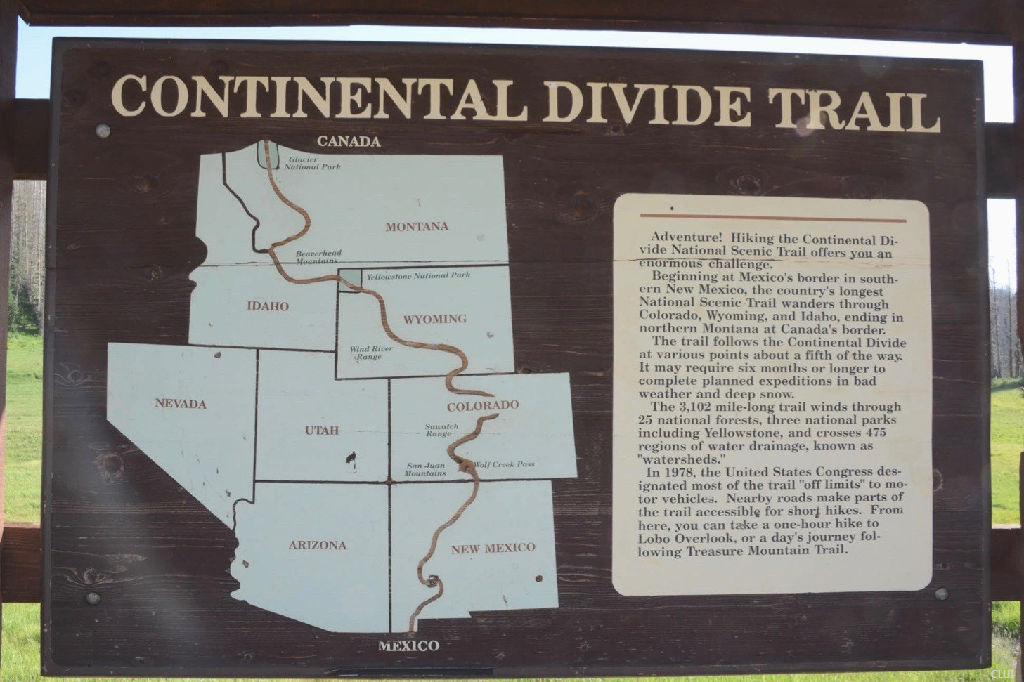
The Colorado Trail
- 4 to 6 weeks to hike the full Colorado Trail
This hiking trail from Denver to Durango shares approximately 315 miles with the Continental Divide Trail. Trailheads for these two trails can be found on many of the mountain passes that are listed higher on this page.
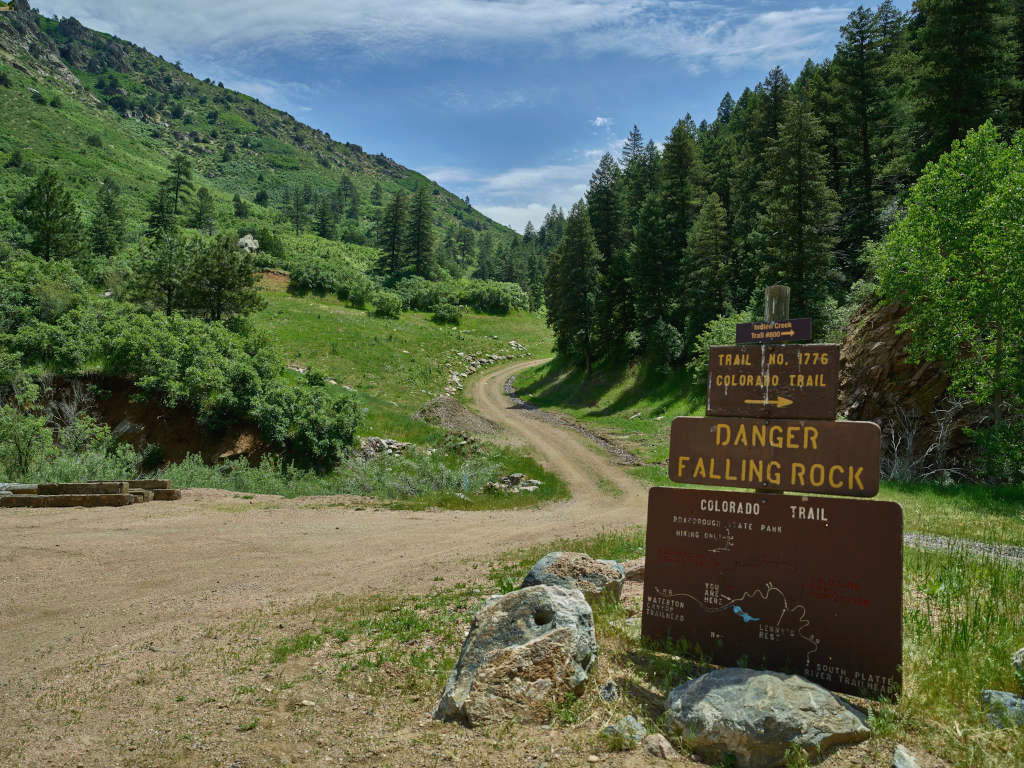
Continental Divide Water Tunnels & Irrigation Projects
The mountain passes are in plain sight, but what locals and visitors don’t see is the vast network of irrigation tunnels that brings water through the Continental Divide. Some of these tunnels accompany auto and railroad tunnels, like the Eisenhower Tunnel and the Moffat Tunnel. Others cut through the divide on their own, mostly bringing water from the high mountains down to Denver and the Front Range municipalities.
The rivers may flow to the east and west on their respective sides of the Continental Divide, but thanks to humans, some of the rain that falls on the western side of the divide in Colorado crosses over the divide at least once before heading to its destination on the eastern side.
In the section of the divide near Jones Pass and Berthoud Pass, the water crosses the divide 3 times before finally heading out of the mountains (Gumlick Tunnel -> Vasquez Tunnel -> Moffat Tunnel).
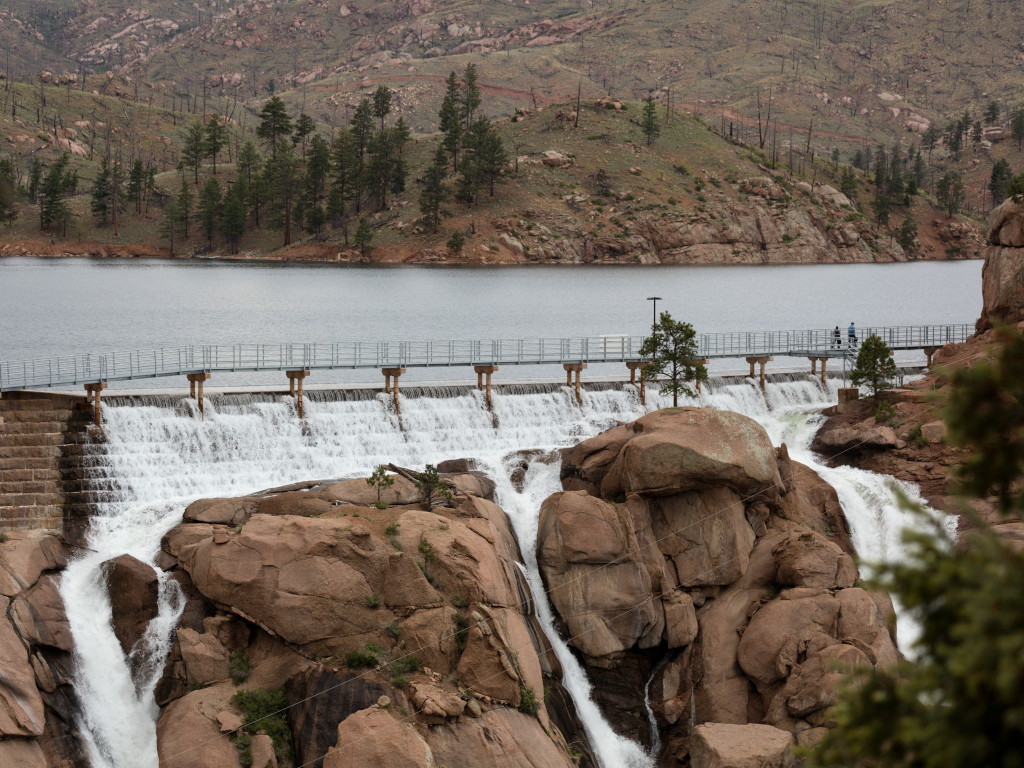
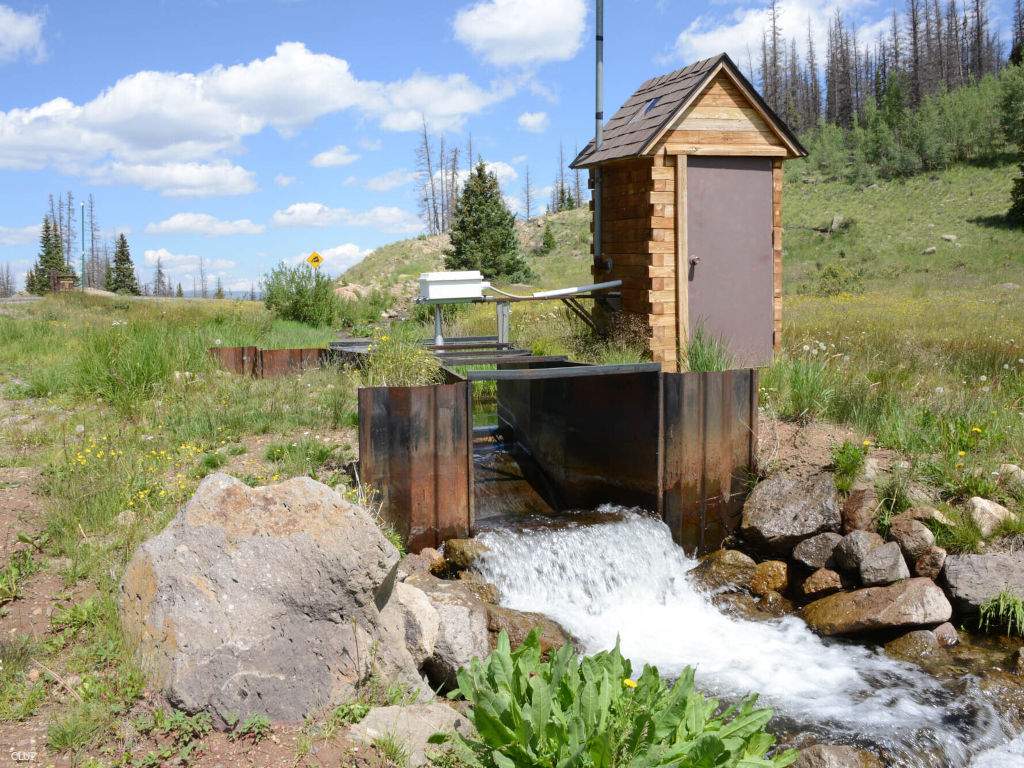
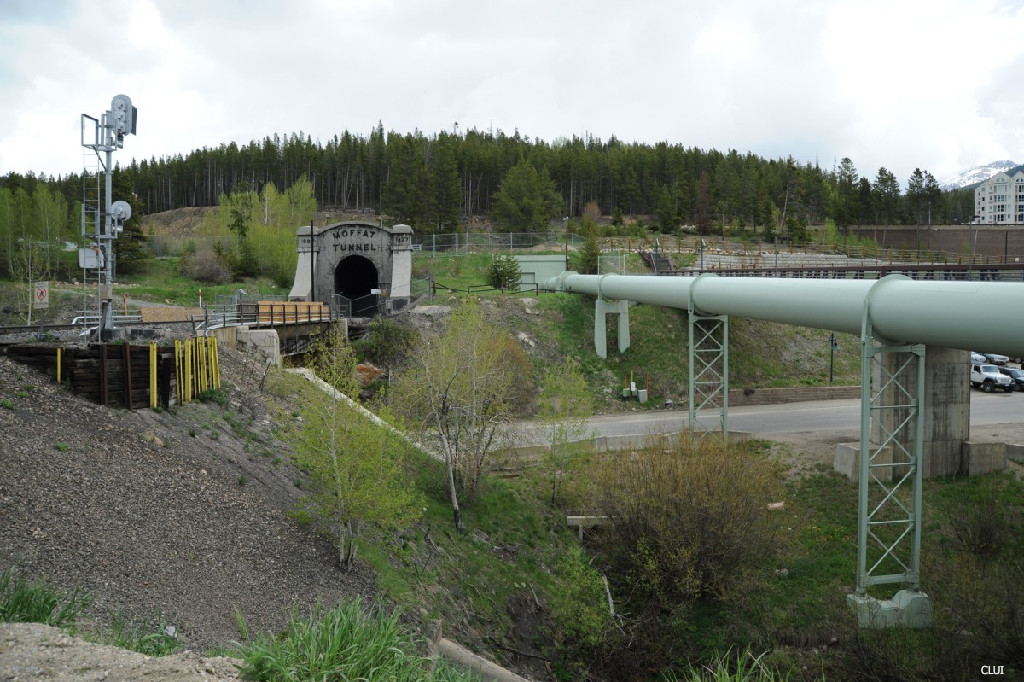
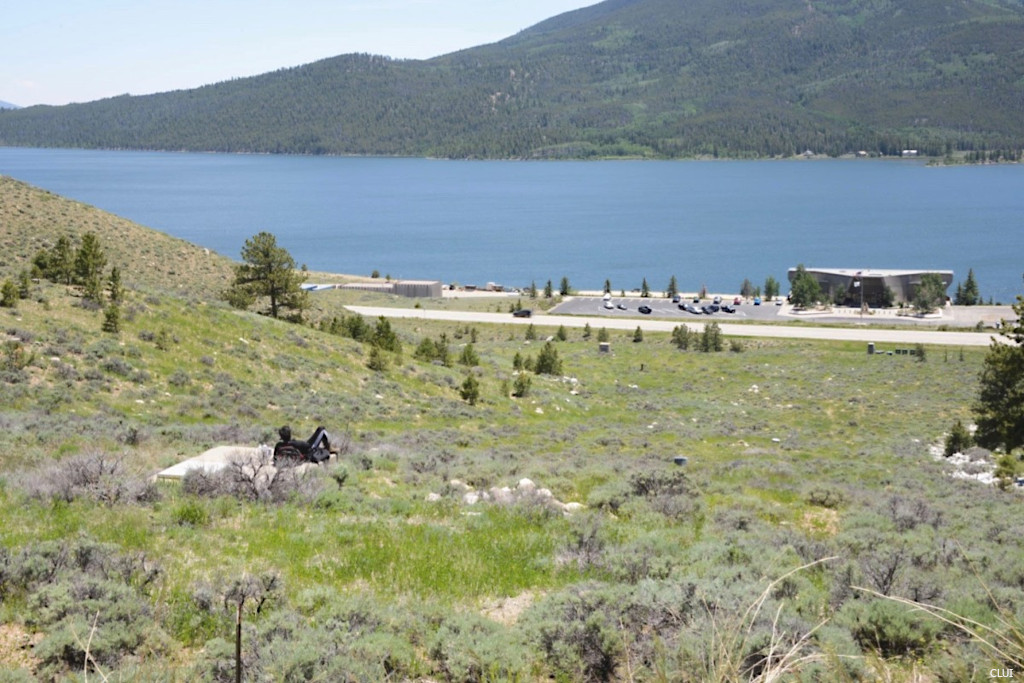
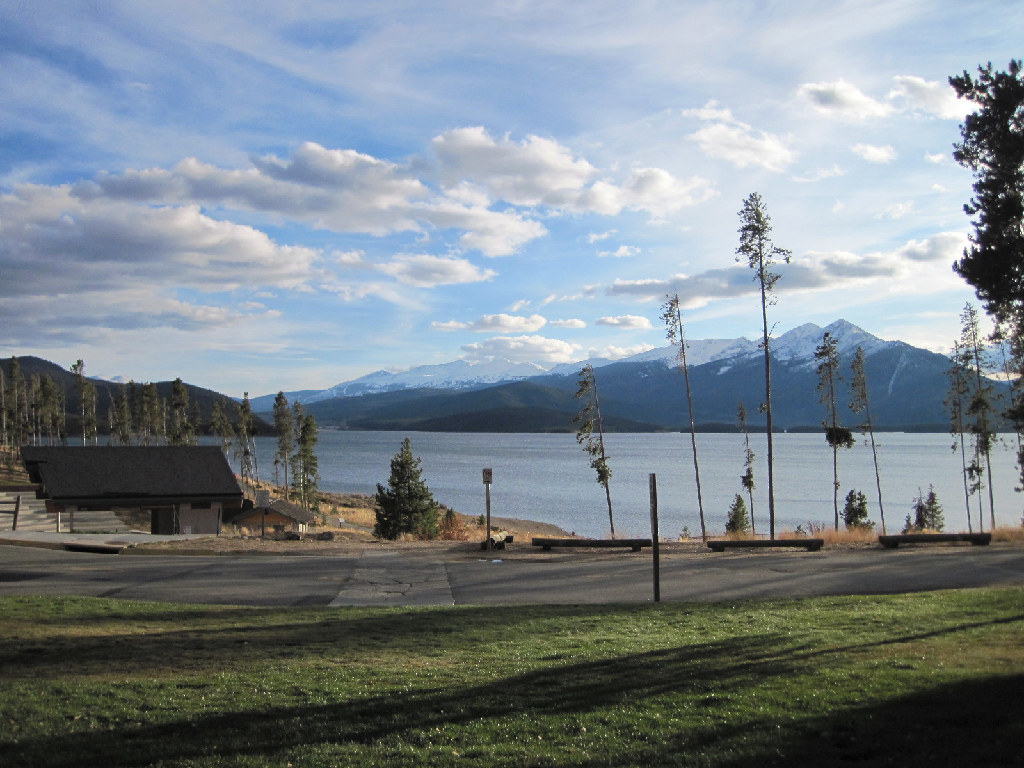
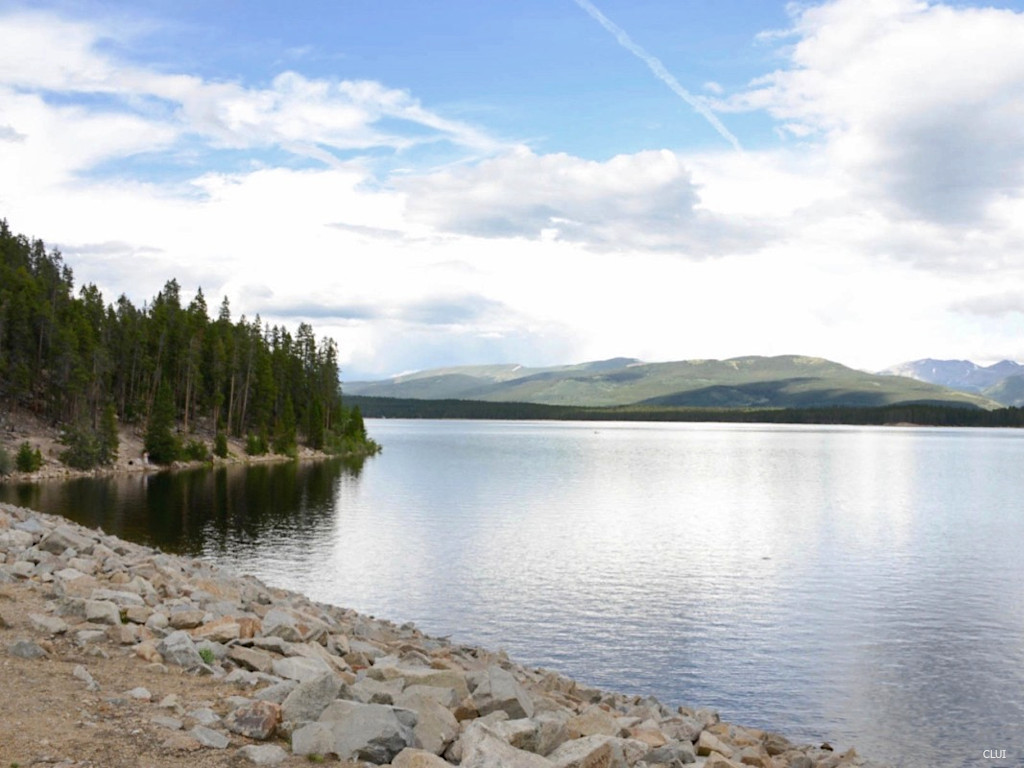
History on the Divide
The first modern settlers and explorers to cross the Continental Divide did not come through Colorado. Lewis & Clark crossed the Continental Divide at Lehmi Pass in Montana (1805), and the Oregon Trail crossed the divide over South Pass in Wyoming. The terrain over South Pass would be considered mild compared to any path over the divide in Colorado, but Lehmi Pass is no easy stroll, even if you are on horseback.
Before modern settlers, there were tribes including the Utes who undoubtedly crossed the divide in Colorado during the summer months. Many of their pathways through the Rocky Mountains pre-date the modern routes over the same mountain passes.
Many wagon roads were built over the divide during the late 1800s. Some of these were eventually turned into modern auto roads including Highway 6, the predecessor to Interstate 70 and the Eisenhower Tunnel.
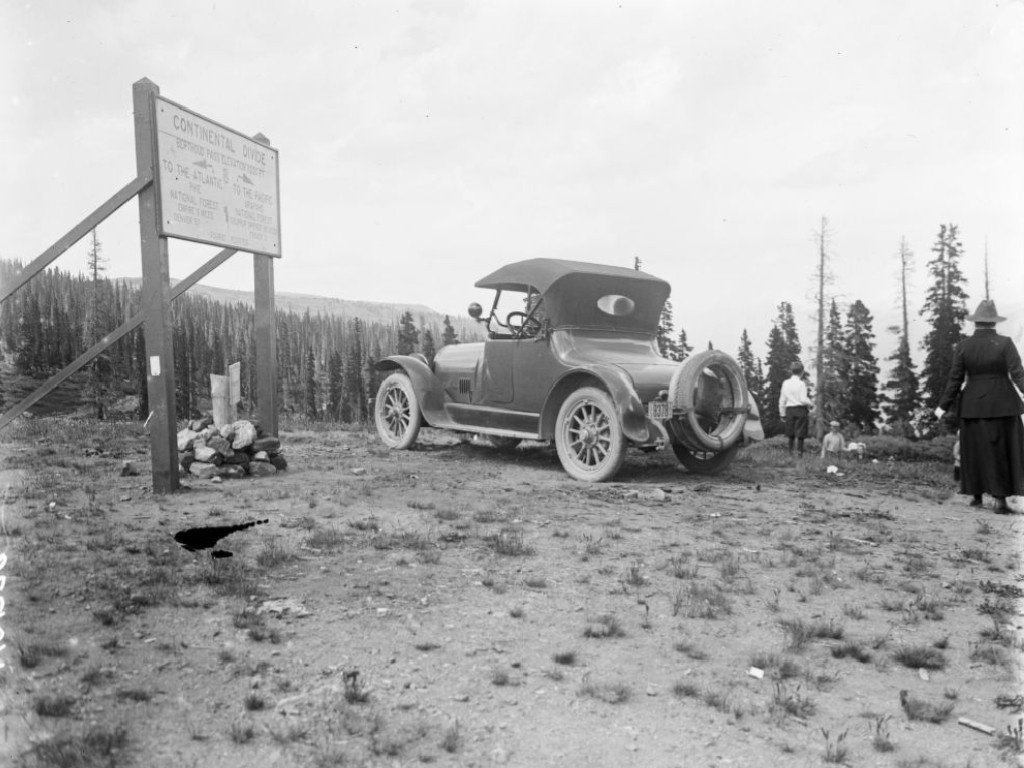
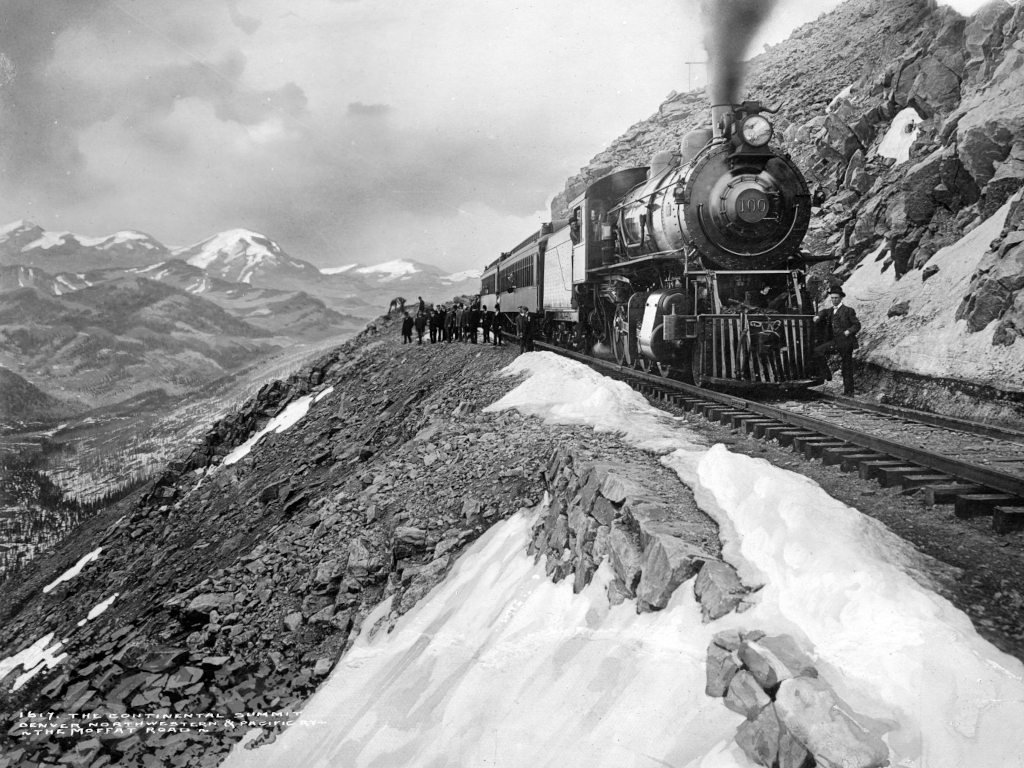
Recreation on the Divide
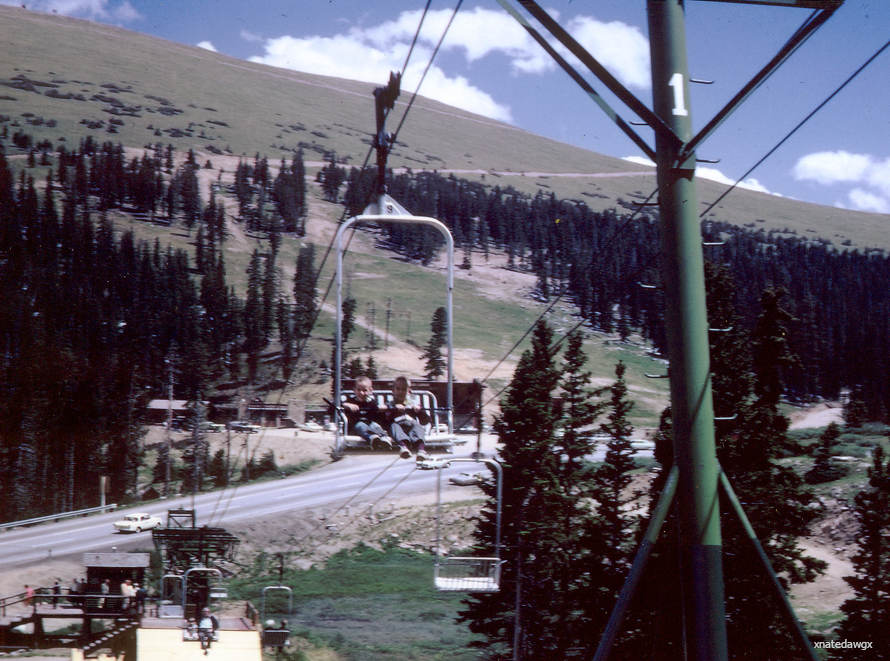
Above: The now shuttered Berthoud Pass ski area circa 1964. The rope tow was installed here in 1937, and the ski area closed for good in 2001.
Below: The Roundup Riders of the Rockies hold an induction ceremony on top of Colt Mountain on the Continental Divide in 1957.
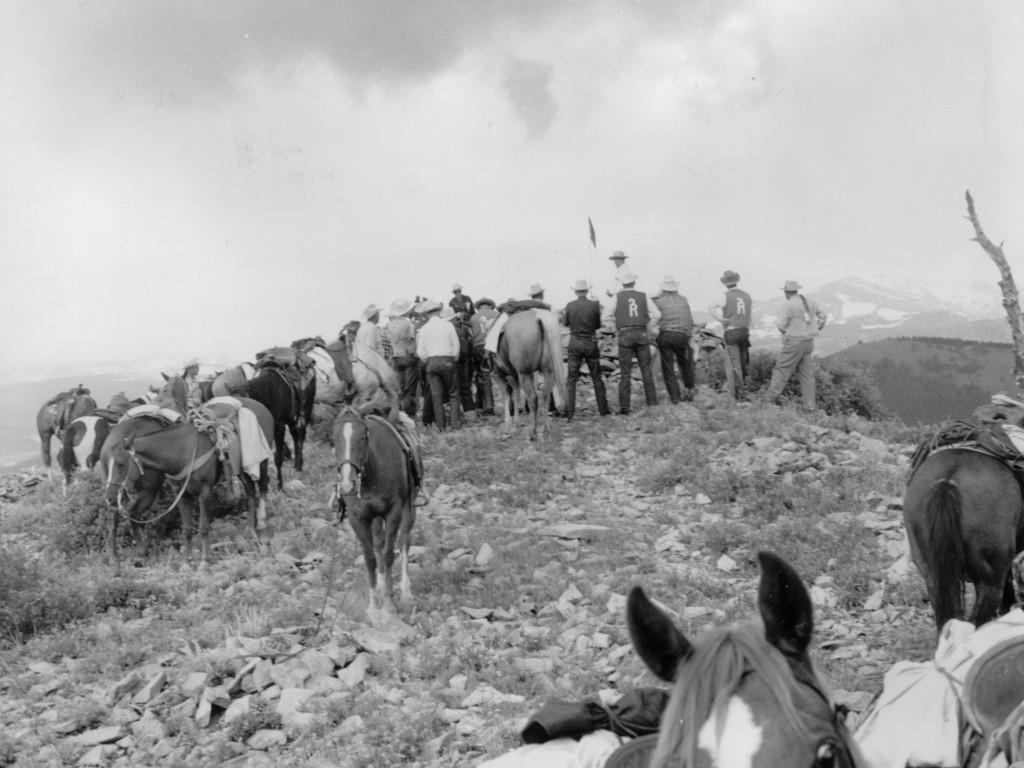
Historic Toll Roads On the Divide
Toll roads played an important role in Colorado’s development. Many of today’s mountain passes began as toll roads that were used by wagons to haul mining ore out of the Rockies.
Berthoud Pass. A toll road over Berthoud Pass was completed in 1874, long before a modern highway would be built here. This is the oldest toll road on this list. Read more.
Independence Pass. The road was first built in 1882. It was maintained and open year-round thanks to the tolls. Sleighs were used during the winter instead of wagons. Read more.
Monarch Pass. This toll road was completed in September,1880 while grading the pathway for a railroad. Read more.
Loveland Pass. A carriage with a span of horses could pass for $1. Horsemen paid $.30 per person, and $.10 each for cattle, horses, and mules. Sheep, hogs, and goats cost $.15 each.¹ Read more.
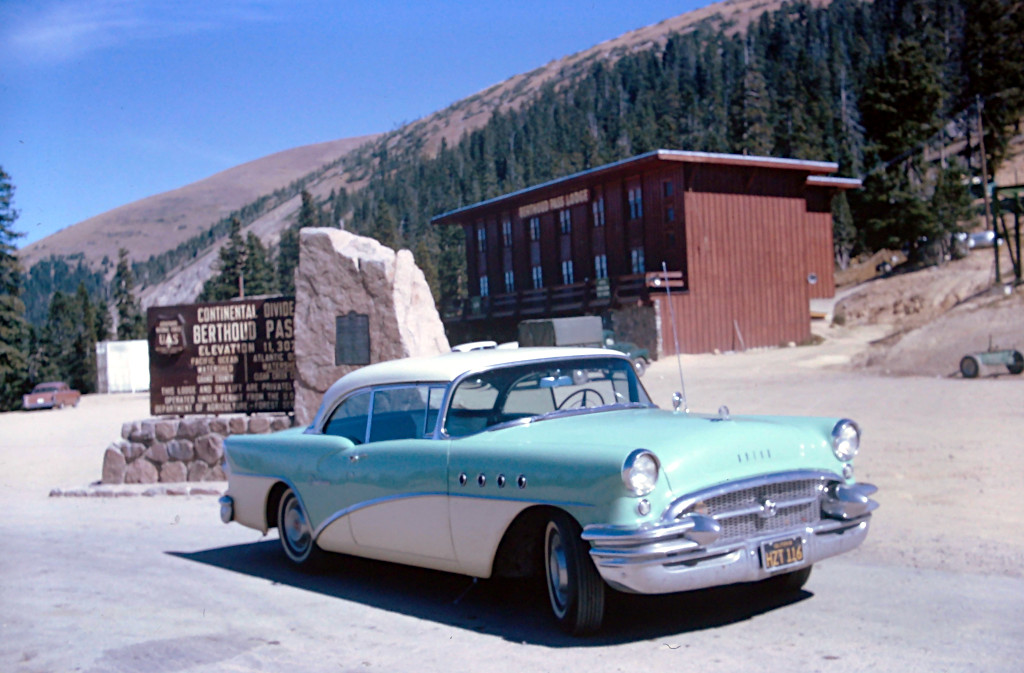
Continental Divide Sign Archives
This section of the Coloradotopia archives features more than 200 historical photo of Colorado’s Continental Divide signs. This includes photographs, slides, postcards, photonegatives, films and other related items.
References & Credits
1. The Rocky Mountain News (Daily), Volume 20, May 15, 1879, p. 4. Colorado Historic Newspapers Collection. Colorado State Library.
Images Credits: Coloradotopia.com, Library of Congress Prints & Photographs Division/Carol Highsmith [LC-DIG-highsm-39038], Denver Public Library Special Collections [DPL Rh-511, MCC-1617, Z-4403], Coloradohistoricnewspapers.org, Center for Land Use Interpretation | More info

